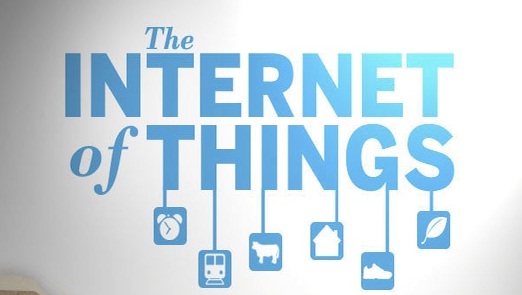For techies like us, a tagline such as “the internet of things” can be rather irritating. We have been designing connected products for donkeys years, using ethernet and the internet simply as ways to extend and improve connectivity – it is not a new idea.
Control systems need connectivity, not just for getting data to and from humans (the human-machine interface), but also between devices (machine-to-machine). How else does anything but the simplest stand-alone device know what to do? Connectivity became even more important when we got into distributed control systems back in the early 90s. In a distributed system, each device makes its own control decisions based on data it collects directly from many other devices in the system, rather than needing a “node 0” master control node that collects all that data and tells everything what to do. This approach has huge benefits for building control systems, when you are dealing with many and varied devices spread about in large buildings, with greater flexibility, and no single point of failure. All exciting and well-established stuff.
For a while now we’ve been trying to get this technology into residential buildings, aka home automation, but it has been slow going. There are many companies trying to open up this market, with some great products and systems, but they all seem to be struggling a bit. The average non-techy consumer seems perfectly happy to buy some very high-tech TVs, smartphones, cars etc., and yet is wary of anything more complex than a light switch to control their home!
As ever, we need the media to lead the way. If mainstream media starts talking about home automation as a perfectly normal thing, then perfectly normal people will start buying into it. So we were rather pleased to see this report from the BBC – mainstream media is finally getting it – hurrah!
And if the phrase “the internet of things” helps people grasp the idea, I guess that is a good thing…

